Need Help? We are right here!
Need Help? We are right here!
Thanks for your Enquiry. Our team will soon reach out to you.
If you don't hear from us within 24 hours, please feel free to send a follow-up email to info@xecurify.com
Search Results:
×Enable Single Sign-On (SSO) login for your application, you can set up PingOne as the Identity Provider (IDP) with miniOrange as a broker. miniOrange provides a pre-built solution that simplifies the integration of PingOne SSO, allowing for a smooth implementation process. In this setup, PingOne will handle user authentication, while miniOrange will facilitate communication between PingOne and the other applications acting as SP.
We will go through the step-by-step guide below to set up PingOne as an Identity Provider in miniOrange. Once configured successfully you will be ready to securely access your website/application using PingOne IDP.
miniOrange offers free help through a consultation call with our System Engineers to configure SSO for different apps using PingOne as IDP in your environment with 30-day free trial.
For this, you need to just send us an email at idpsupport@xecurify.com to book a slot and we'll help you in no time.
Mentioned below are steps to configure PingOne as IDP via SAML and OAuth configuration. Follow the steps accordingly based on your requirement (SAML or OAuth).

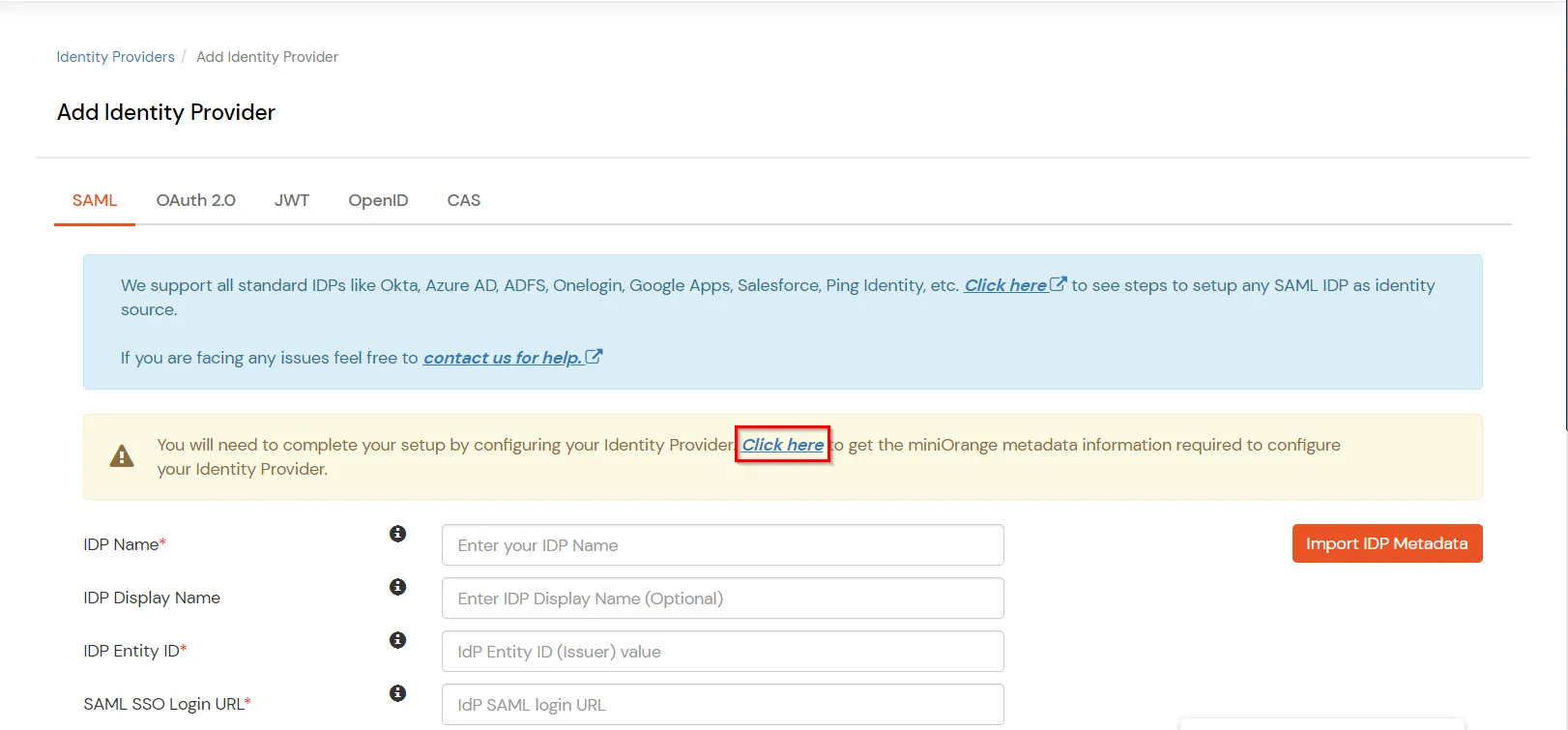
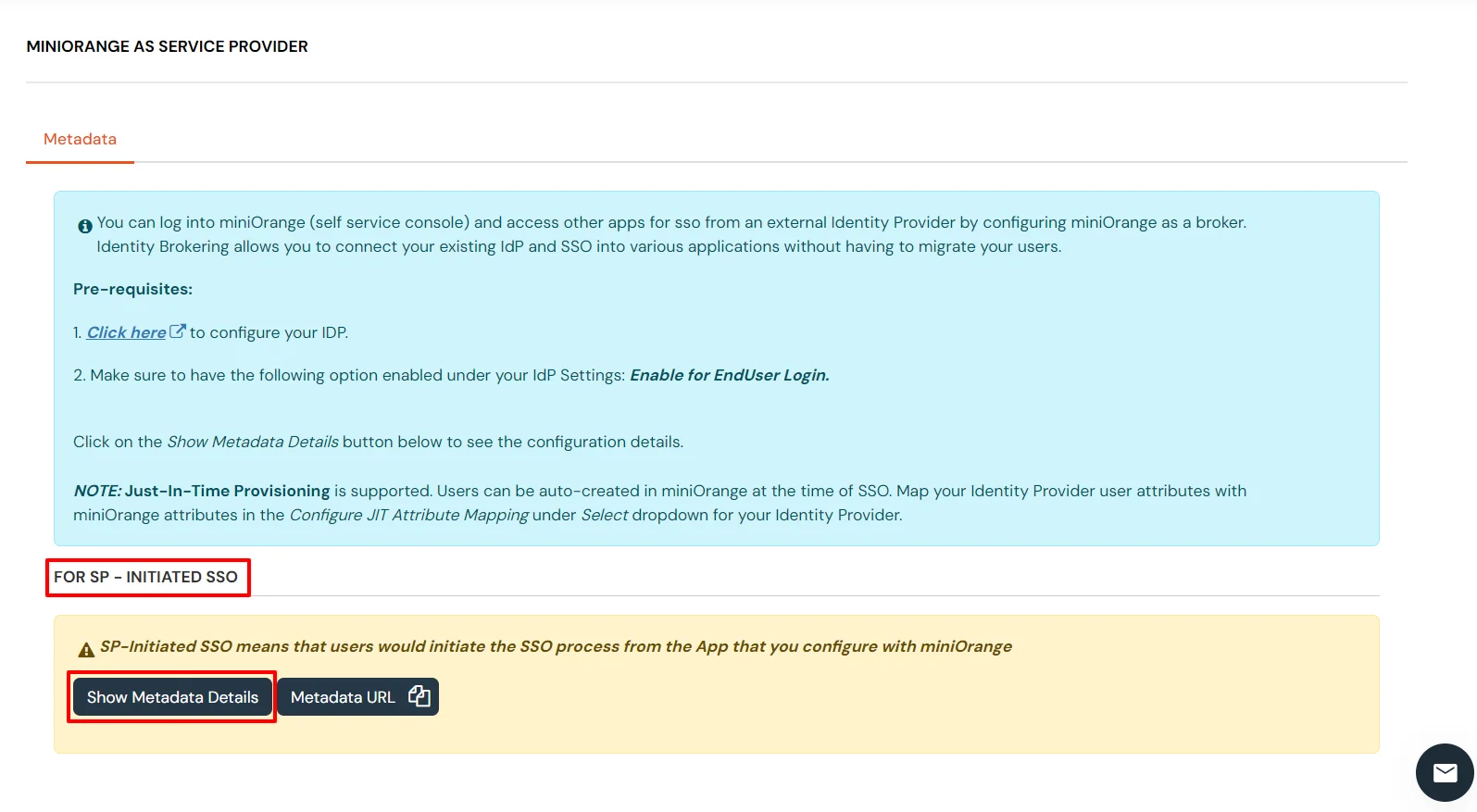


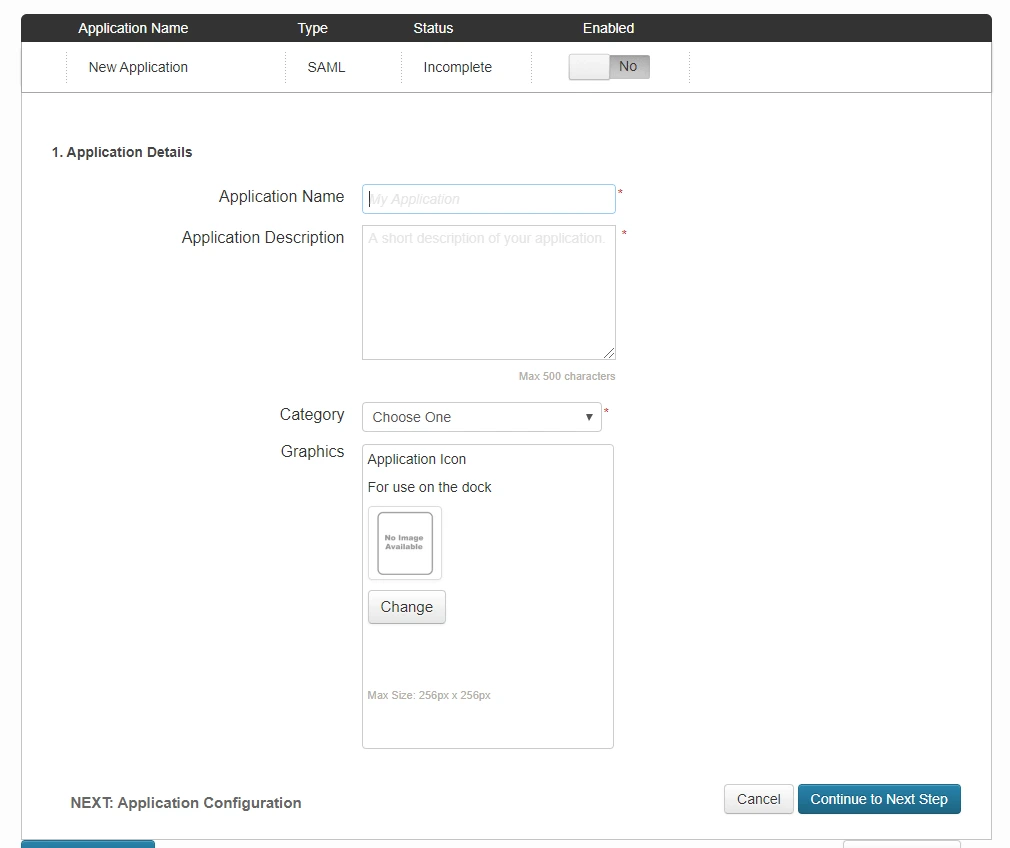
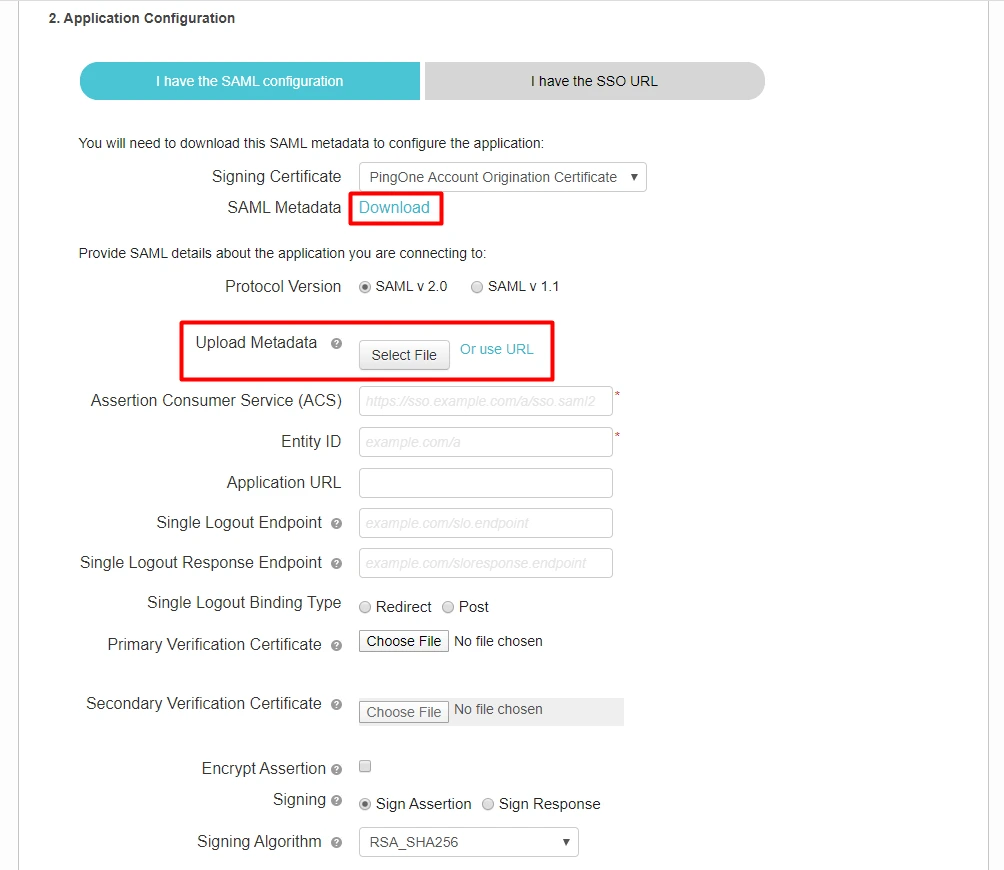
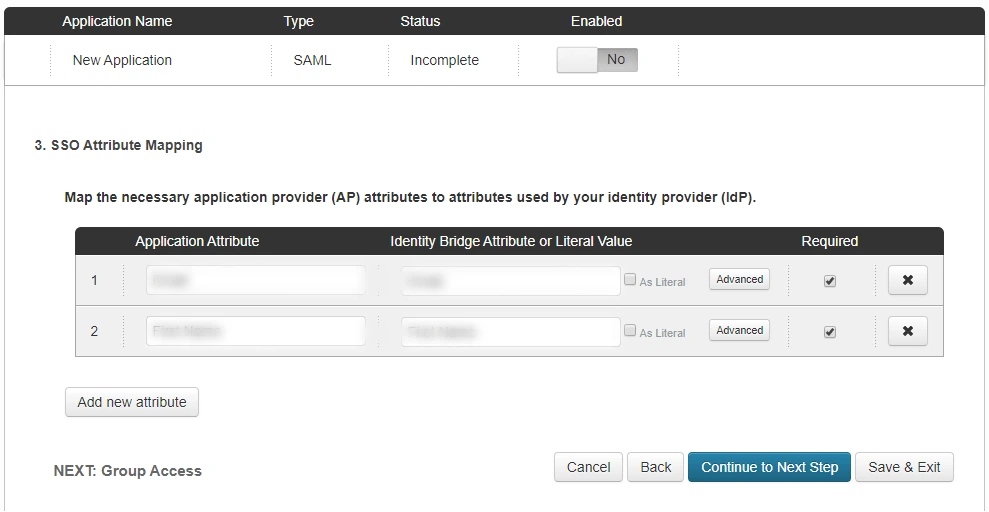

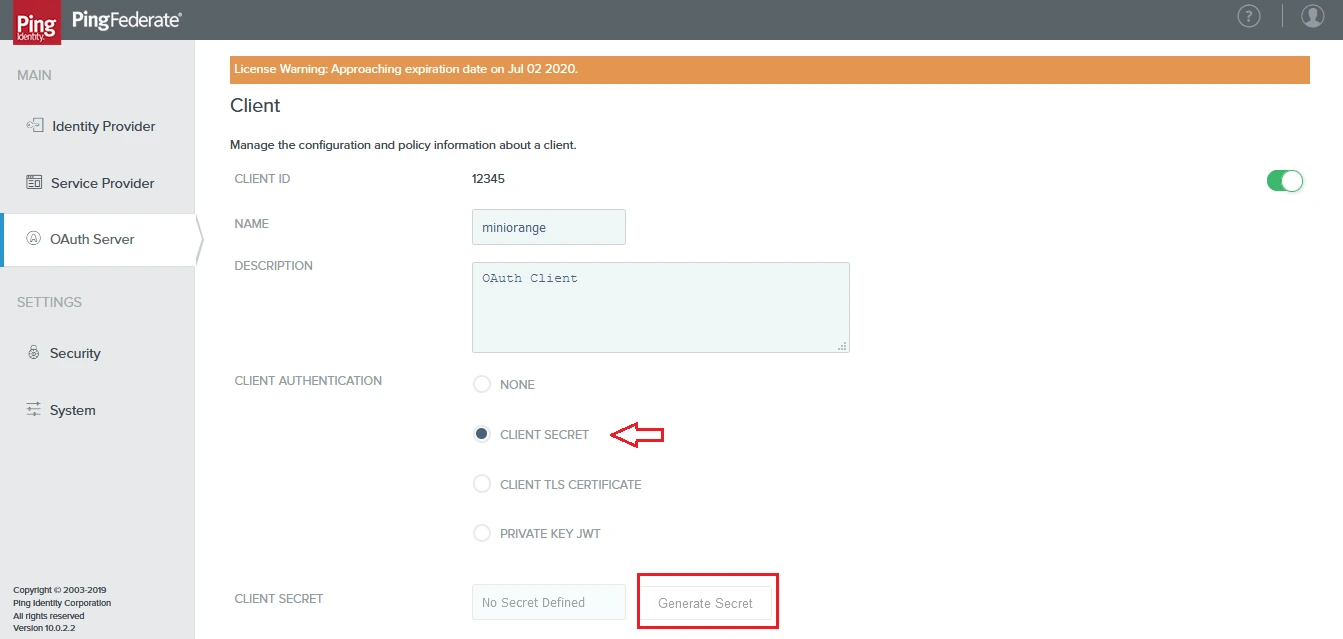

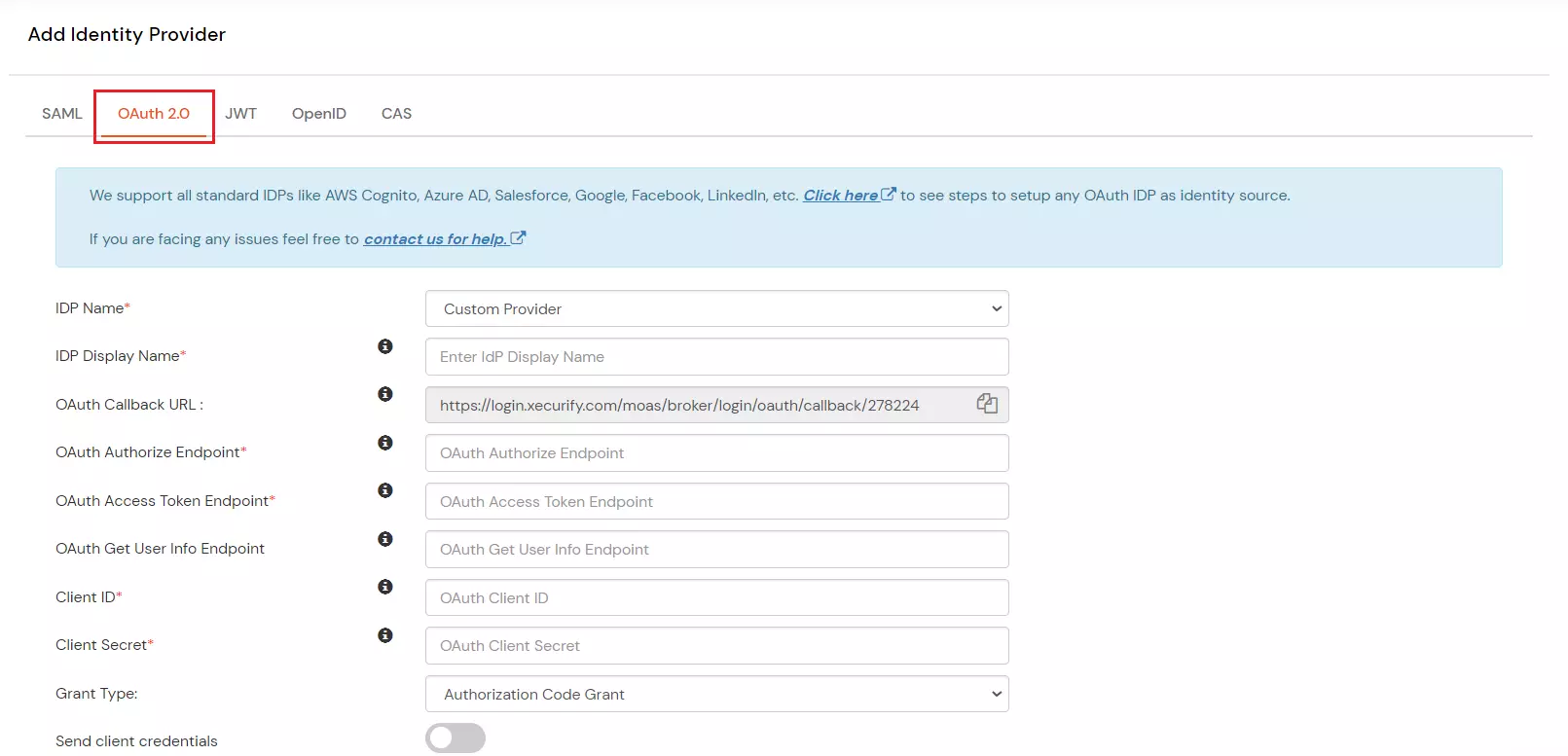
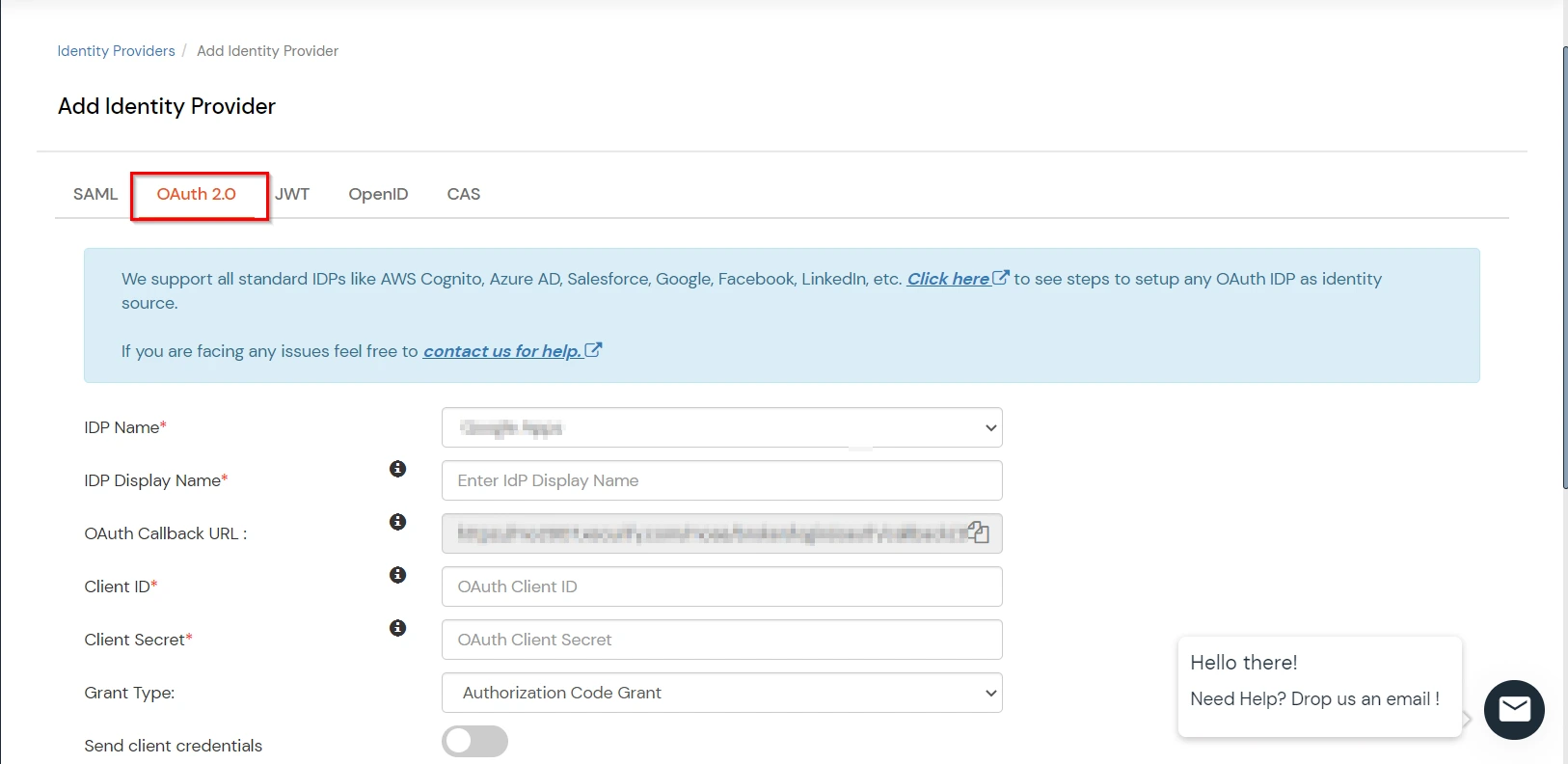
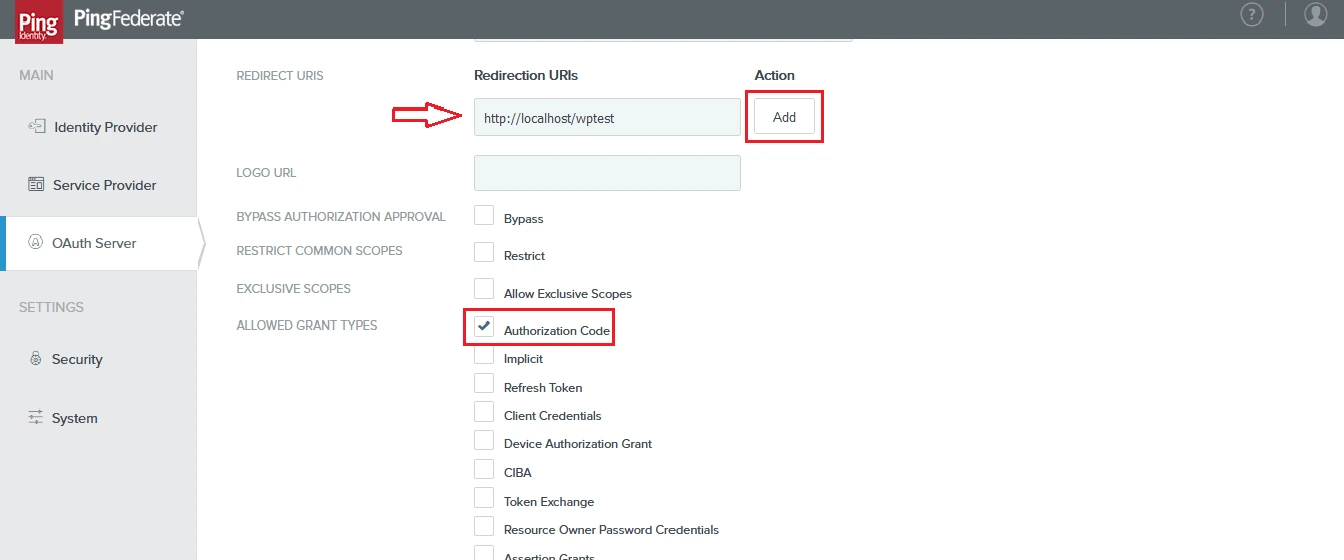


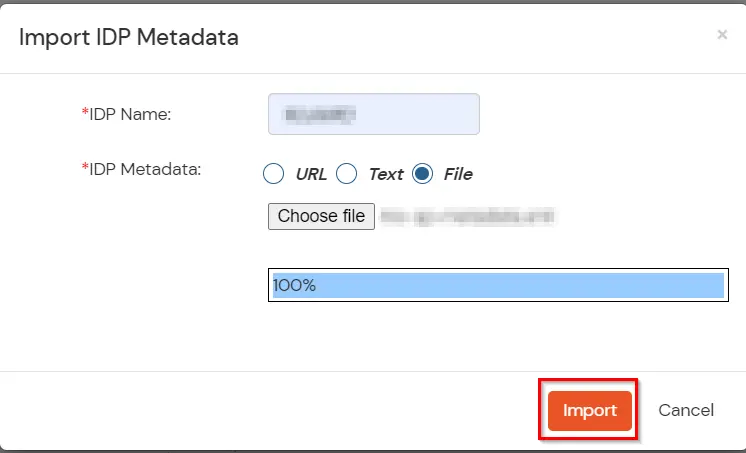
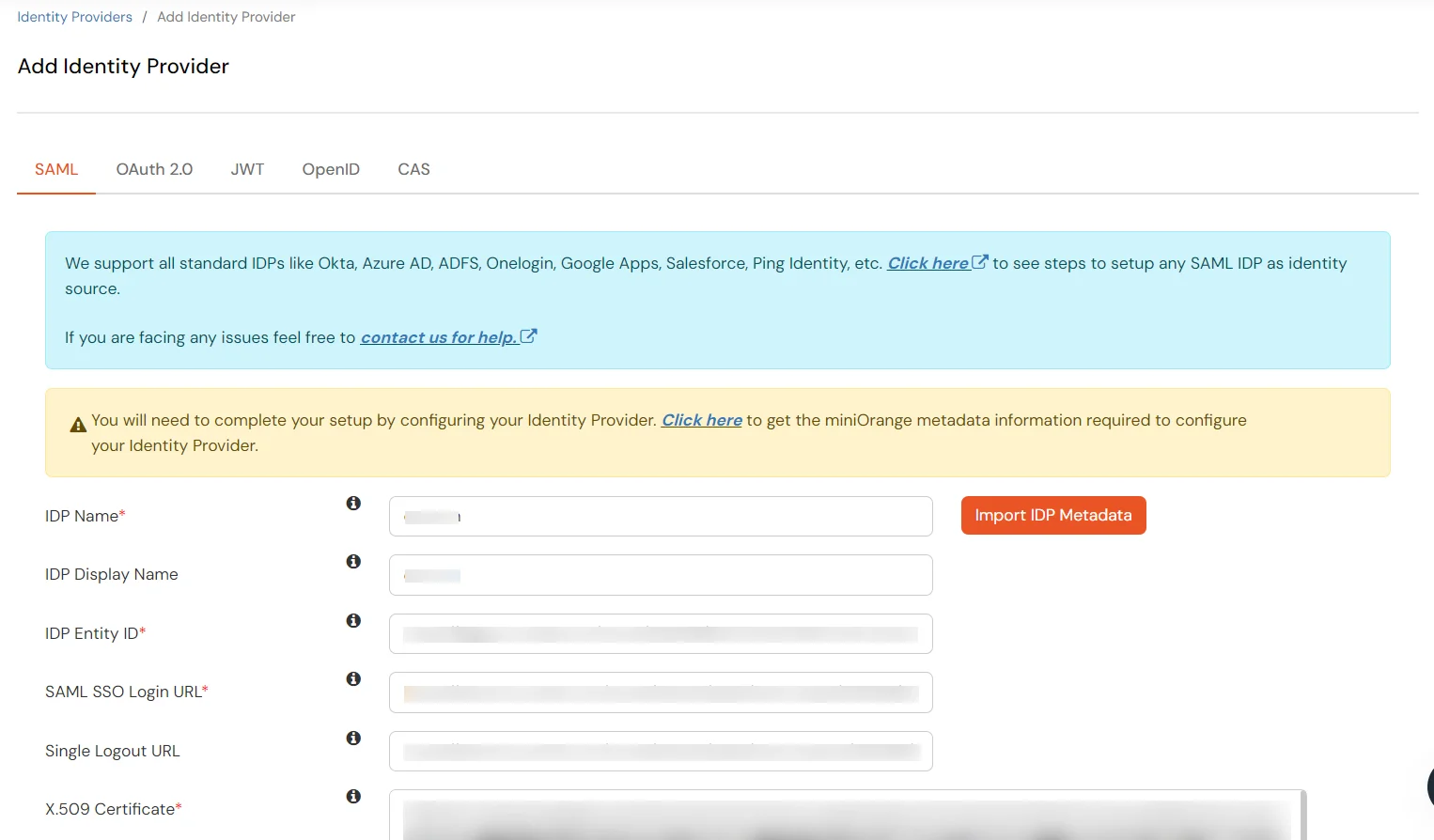
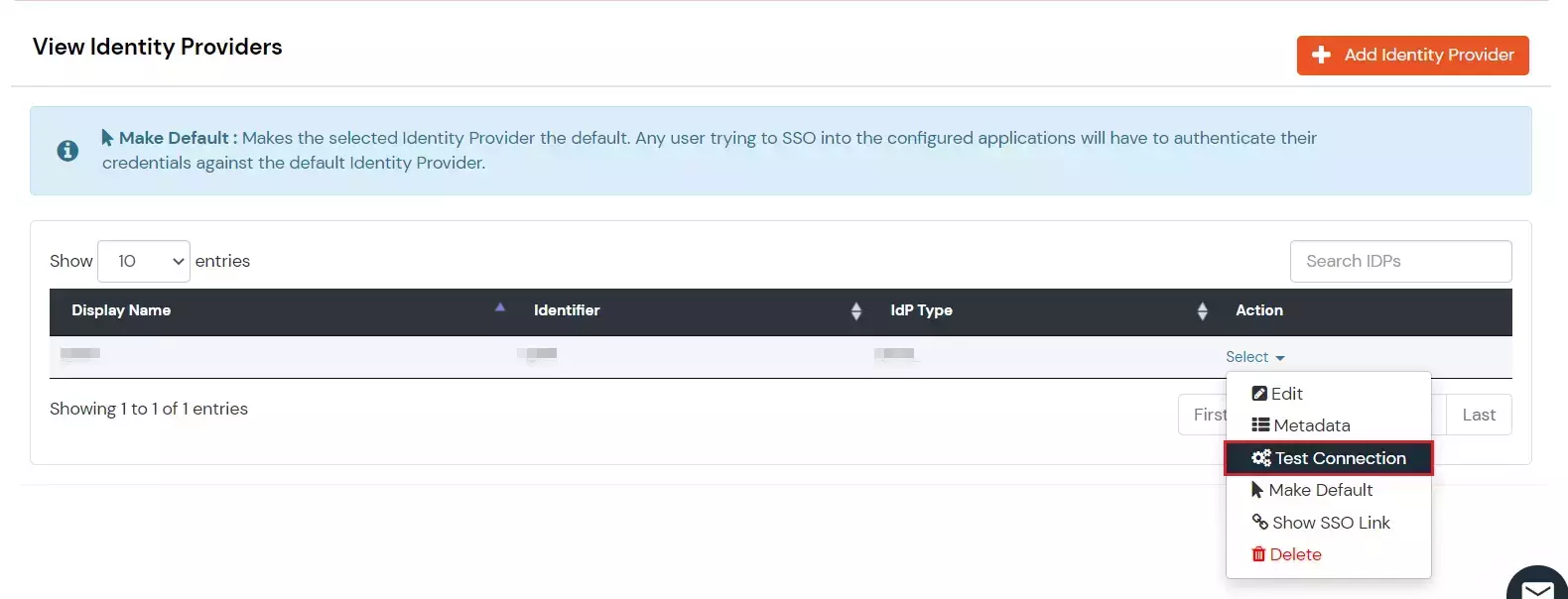
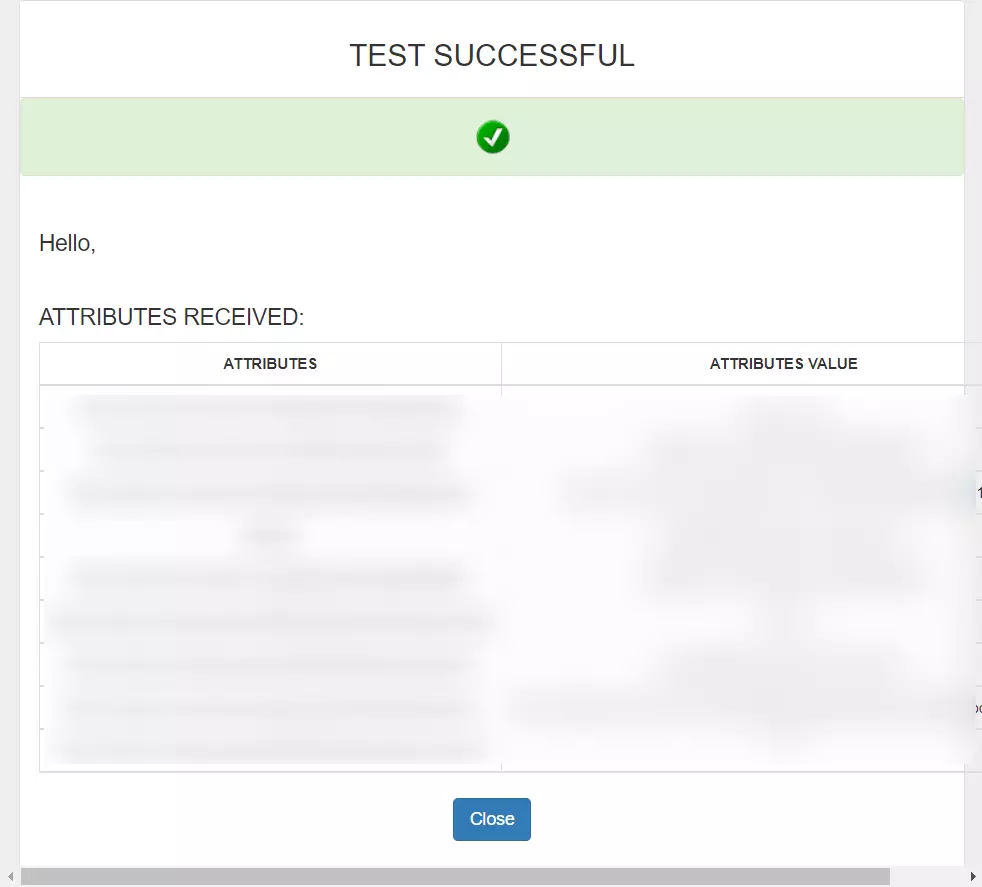
Follow the steps to configure PingOne as IdP by OAuth configuration.
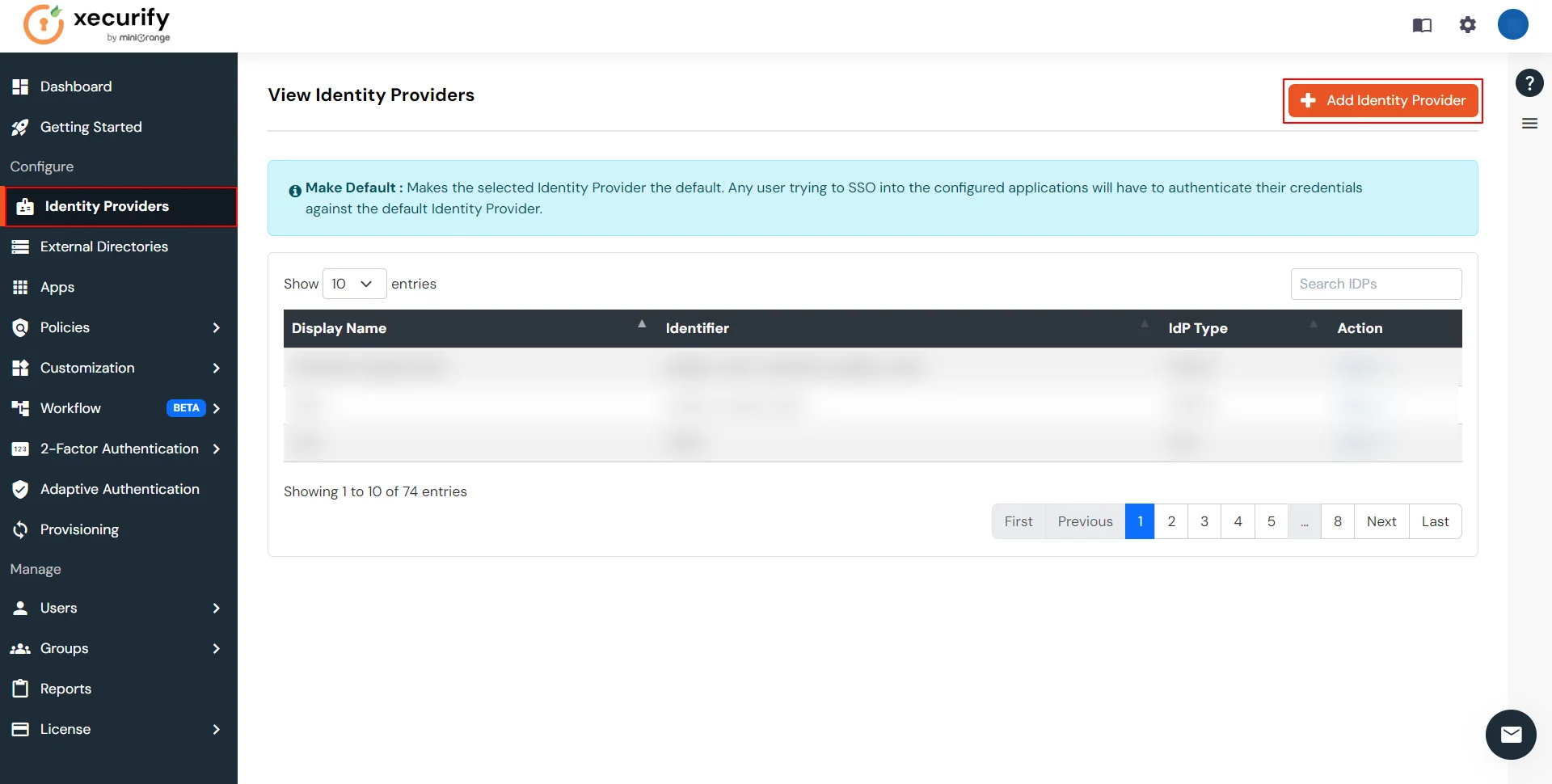

| IdP Name | Custom Provider |
| IdP Display Name | Choose appropriate Name |
| OAuth Authorize Endpoint | https://{your-base-url}/as/authorization.oauth2 | OAuth Access Token Endpoint | https://{your-base-url}/as/token.oauth2 | OAuth Get User Info Endpoint (optional) | https://{your-base-url}/idp/userinfo.oauth2 |
| Client ID | From step 1 |
| Client secret | From step 1 |
| Scope | auto |
If you have already configured your application in miniOrange you can skip the following steps.

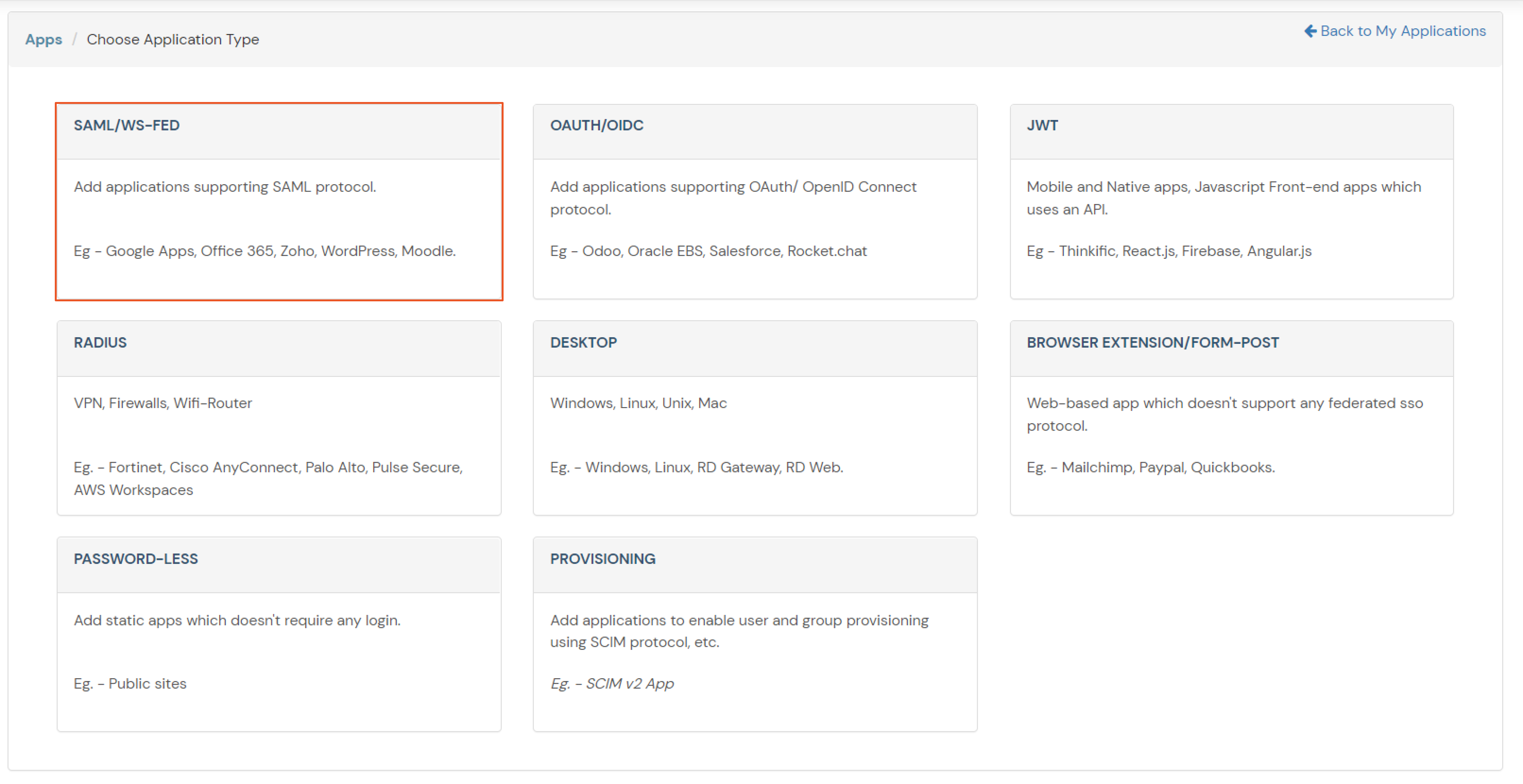
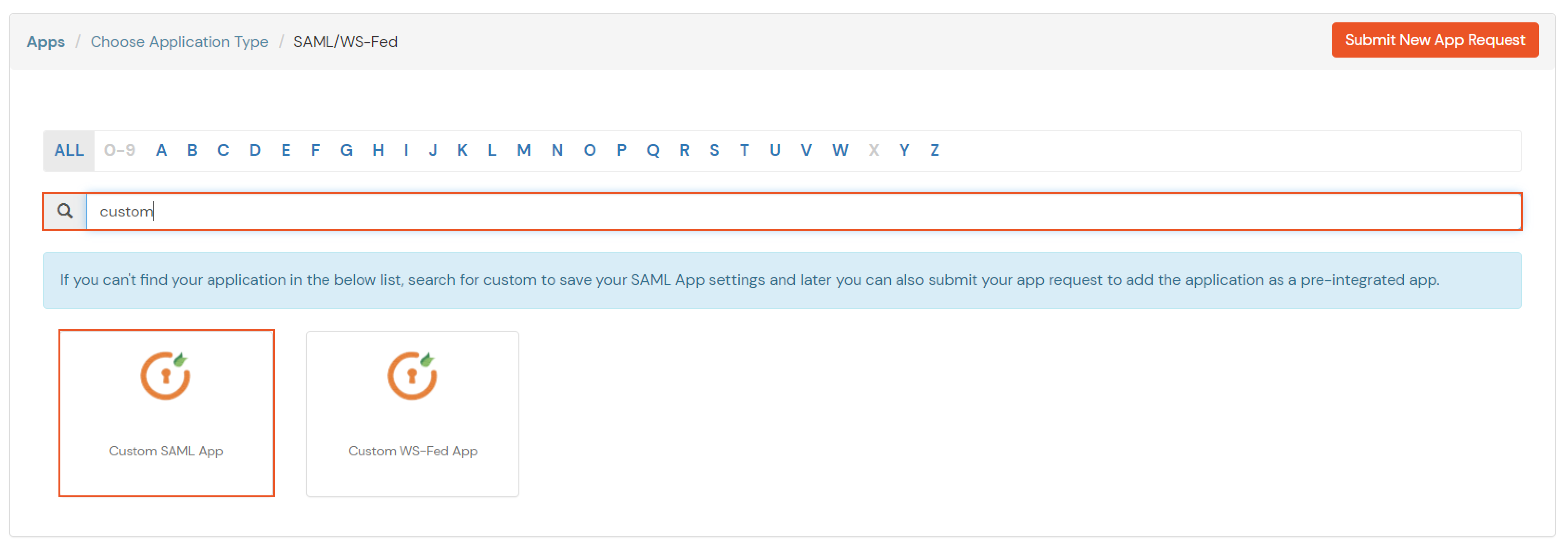
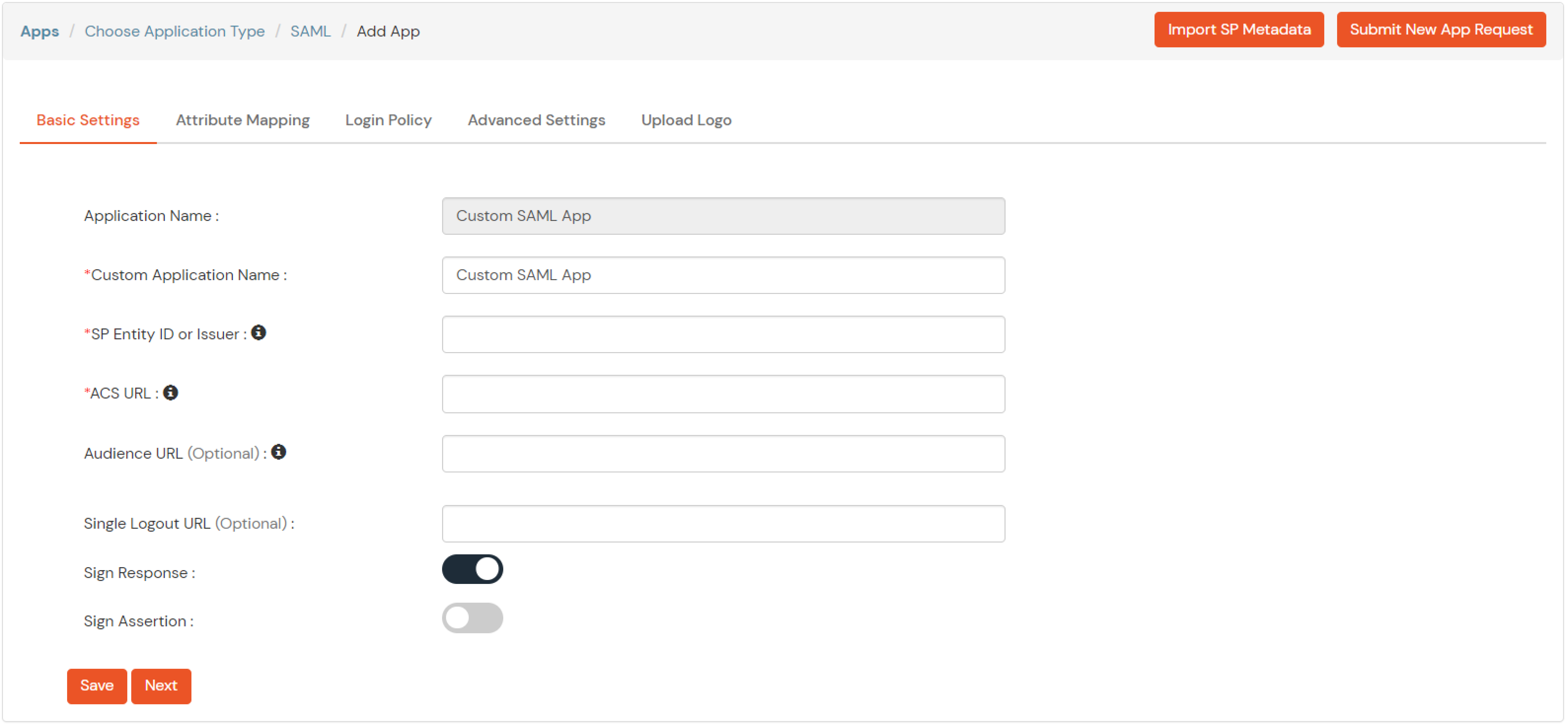
| Service Provider Name | Choose appropriate name according to your choice |
| SP Entity ID or Issuer | Your Application Entity ID |
| ACS URL X.509 Certificate (optional) | Your Application Assertion Consumer Service URL |
| NameID format | Select urn:oasis:names:tc:SAML:1.1:nameid-format:emailAddress |
| Response Signed | Unchecked |
| Assertion Signed | Checked |
| Encrypted Assertion | Unchecked |
| Group policy | Default |
| Login Method | Password |



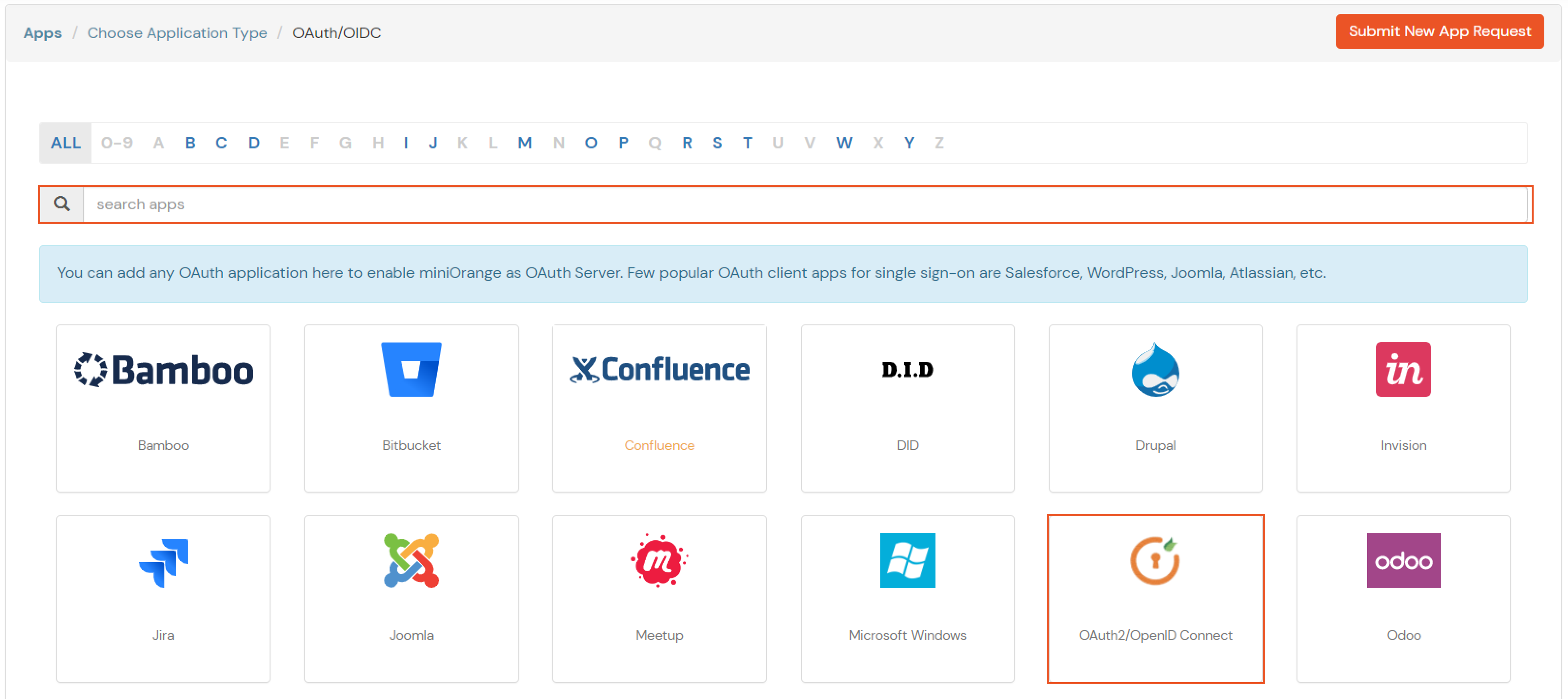
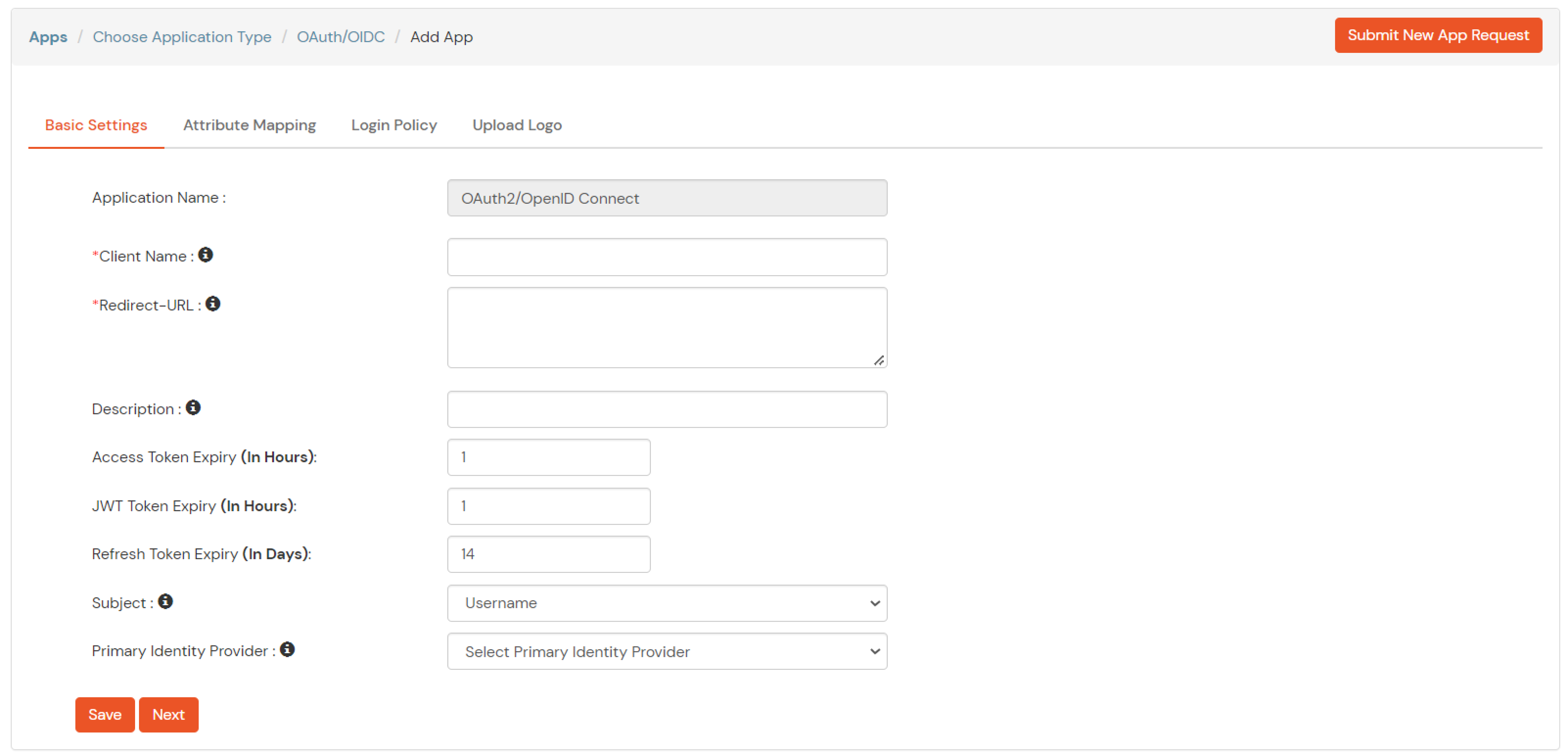
| Client Name | Add appropriate Name |
| Redirect URL | Get the Redirect-URL from your OAuth Client |
| Description | Add if required |
| Group Name | Default |
| Policy Name | As per your Choice |
| Login Method | Password |

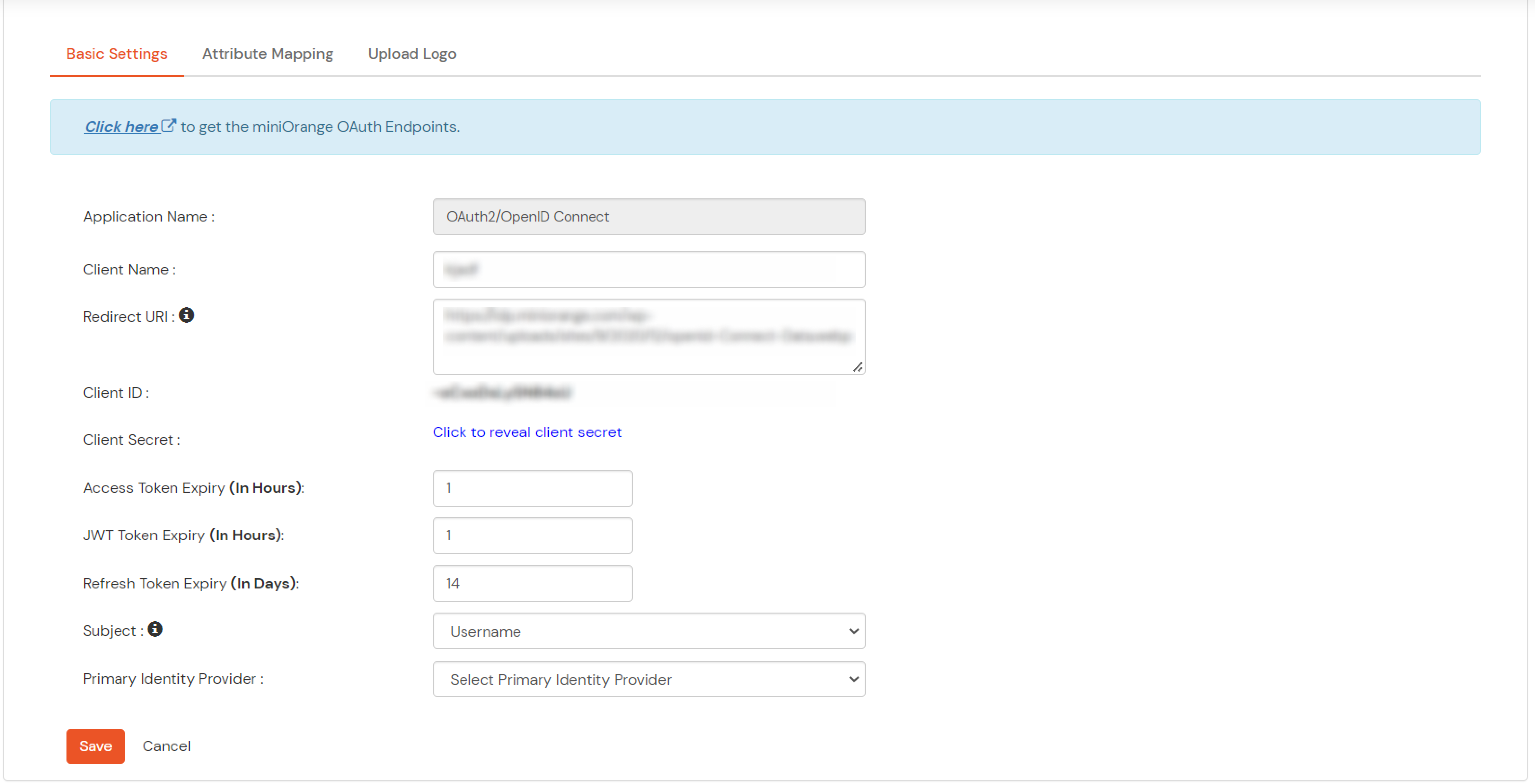
Note: Choose the Authorization Endpoint according to the identity source you configure.
https://{mycompany.domainname.com}/moas/idp/openidssohttps://{mycompany.domainname.com}/broker/login/oauth{customerid}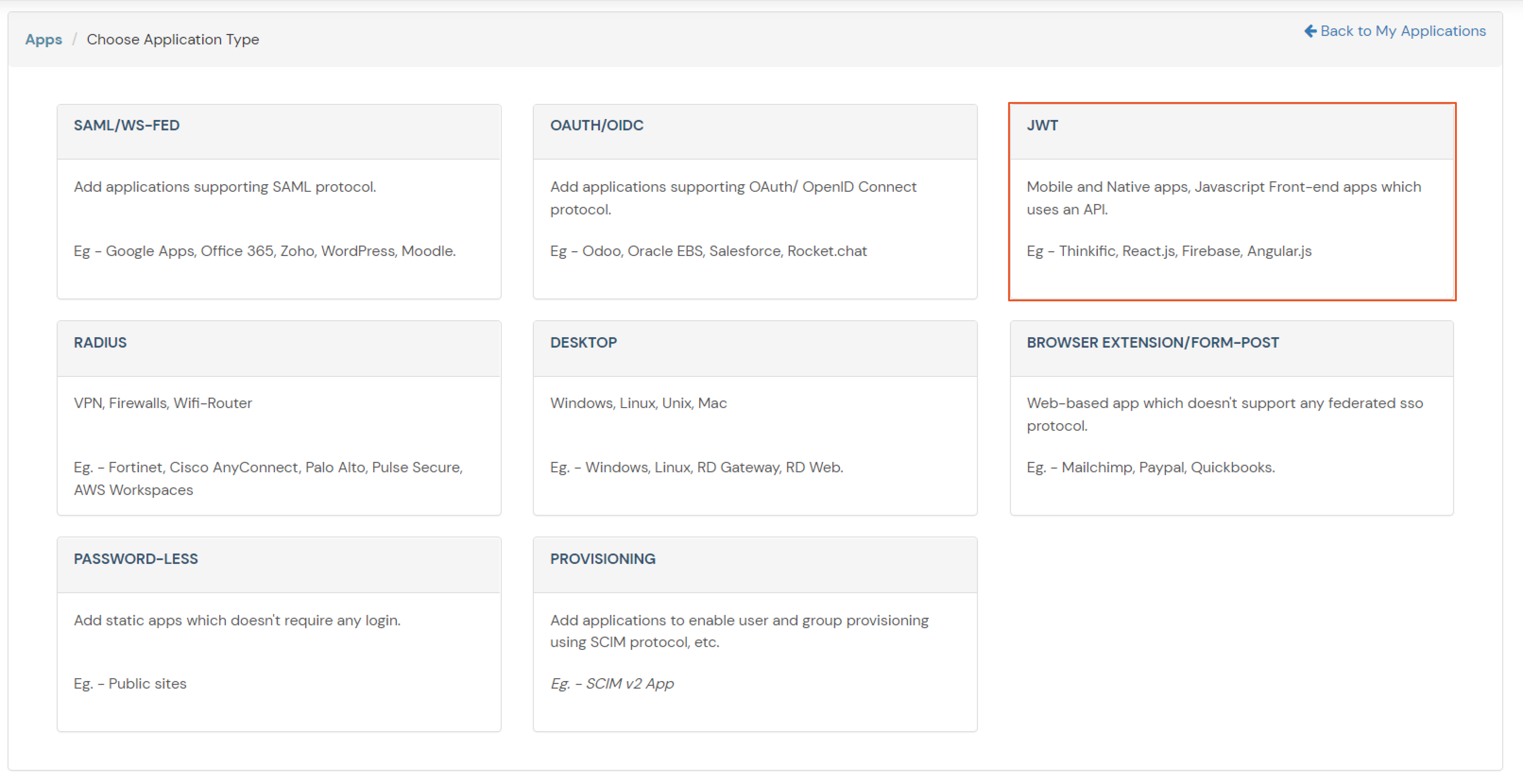
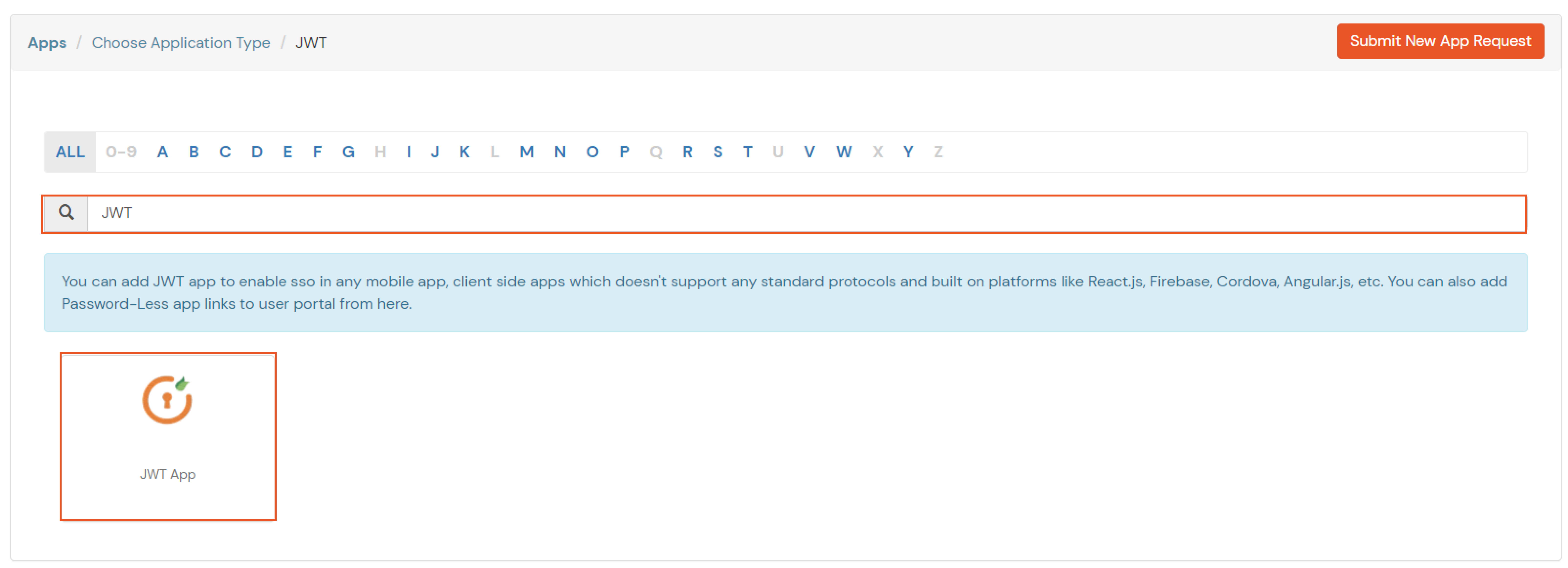

In case you are setting up SSO with Mobile Applications where you can't create an endpoint for Redirect or Callback URL, use below URL.
https://login.xecurify.com/moas/jwt/mobile

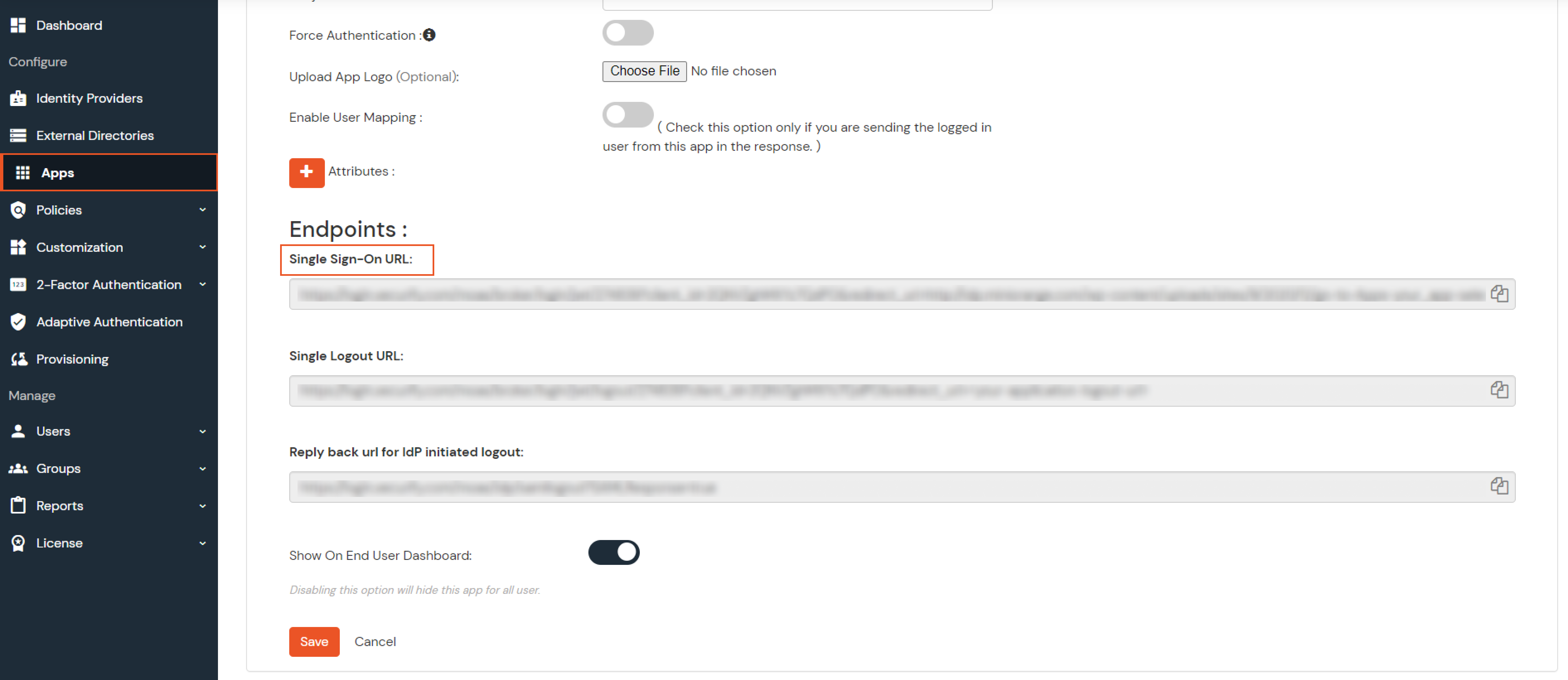


Our Other Identity & Access Management Products